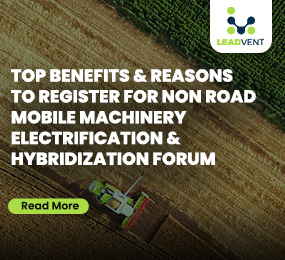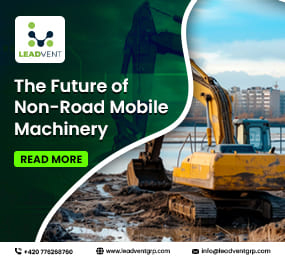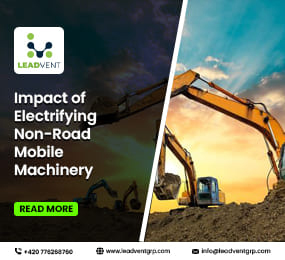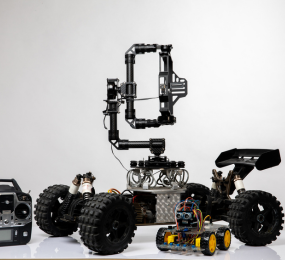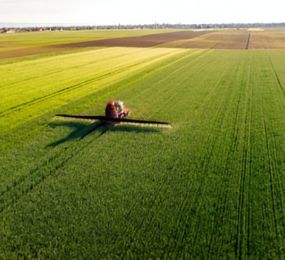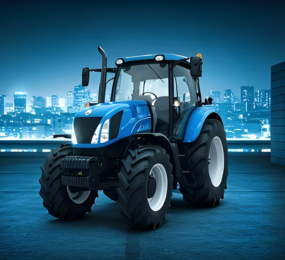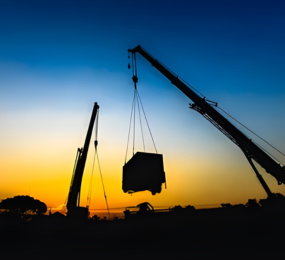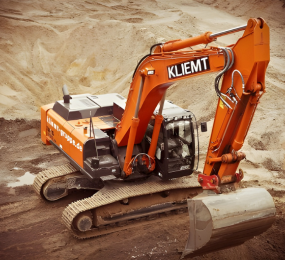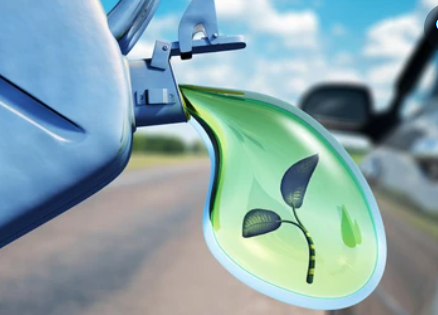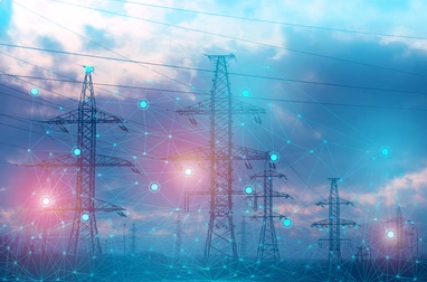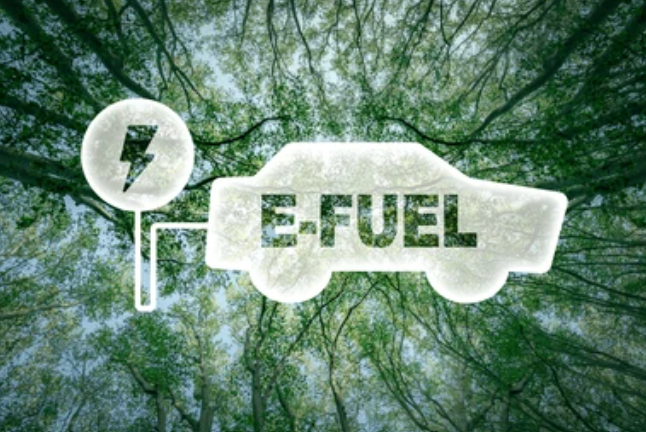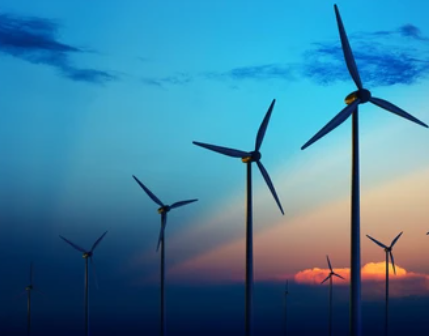Decarbonizing Non-Road Machinery: Quietly Powering a Greener Future
From construction sites to ports, mines to farms, non-road mobile machinery (NRMM) plays a vital, often invisible, role in keeping the world running. These are the machines behind the scenes excavators, bulldozers, harvesters, cranes, and forklifts that build our cities, grow our food, and move our goods. But they also come with a heavy environmental cost.
Traditionally powered by diesel engines, NRMM has long been a significant source of carbon emissions, nitrogen oxides, and particulate matter. Unlike passenger vehicles, these machines operate under demanding conditions with limited regulatory oversight until recently. As industries look to align with climate goals, the decarbonization of NRMM is finally getting the attention it deserves.
Why NRMM Matters in the Climate Conversation
While NRMM accounts for a relatively small portion of global emissions around 5 10% in some industrial sectors it contributes disproportionately to urban air pollution and fuel consumption. In high-density work environments like construction sites or shipping ports, the emissions from these machines can severely impact local air quality and worker health.
Recognizing this, regulators in Europe, the U.S., and parts of Asia are introducing stricter emissions standards for off-road engines. At the same time, manufacturers and fleet operators are beginning to rethink how these machines are powered.
Electrification and Hybrid Power: What's Changing?
One of the most promising shifts is toward electric and hybrid non-road machinery. Battery-powered excavators and loaders are already in use across parts of Scandinavia, where government incentives and sustainability mandates support clean construction. These machines offer not only zero tailpipe emissions but also quieter operation and lower maintenance costs a triple win for operators, cities, and the environment.
Hydrogen fuel cell prototypes are also making waves in heavy-duty applications where battery size and charging logistics pose challenges. Meanwhile, biofuels and synthetic fuels are emerging as transitional solutions for existing fleets.
The technology is catching up. Battery efficiency is improving, charging infrastructure is expanding, and OEMs are investing heavily in R&D. But scaling up will require coordination across supply chains, clearer policy frameworks, and upfront investment particularly for smaller operators.
Challenges and Opportunities
The road to decarbonization isn’t without hurdles. The initial cost of electric or hybrid machinery can be steep. Charging infrastructure is still uneven, especially in remote or developing regions. And for many operators, downtime equals lost revenue making reliability a top concern.
Still, the long-term benefits lower operating costs, regulatory compliance, and improved sustainability metrics are drawing attention. More importantly, there’s a growing sense that doing nothing is no longer an option.
Takeaway
Decarbonizing non-road mobile machinery is one of the quieter revolutions in the clean energy transition but it may be one of the most important. As technology evolves and awareness grows, NRMM has the potential to reshape how industries build, move, and grow without leaving a heavy carbon footprint behind.
Learn more on our website: https://www.leadventgrp.com/events/2nd-annual-non-road-mobile-machinery-electrification-and-decarbonization-forum/details
For more information and group participation, contact us: [email protected]
Leadvent Group - Industry Leading Events for Business Leaders!
www.leadventgr.cpom | [email protected]


